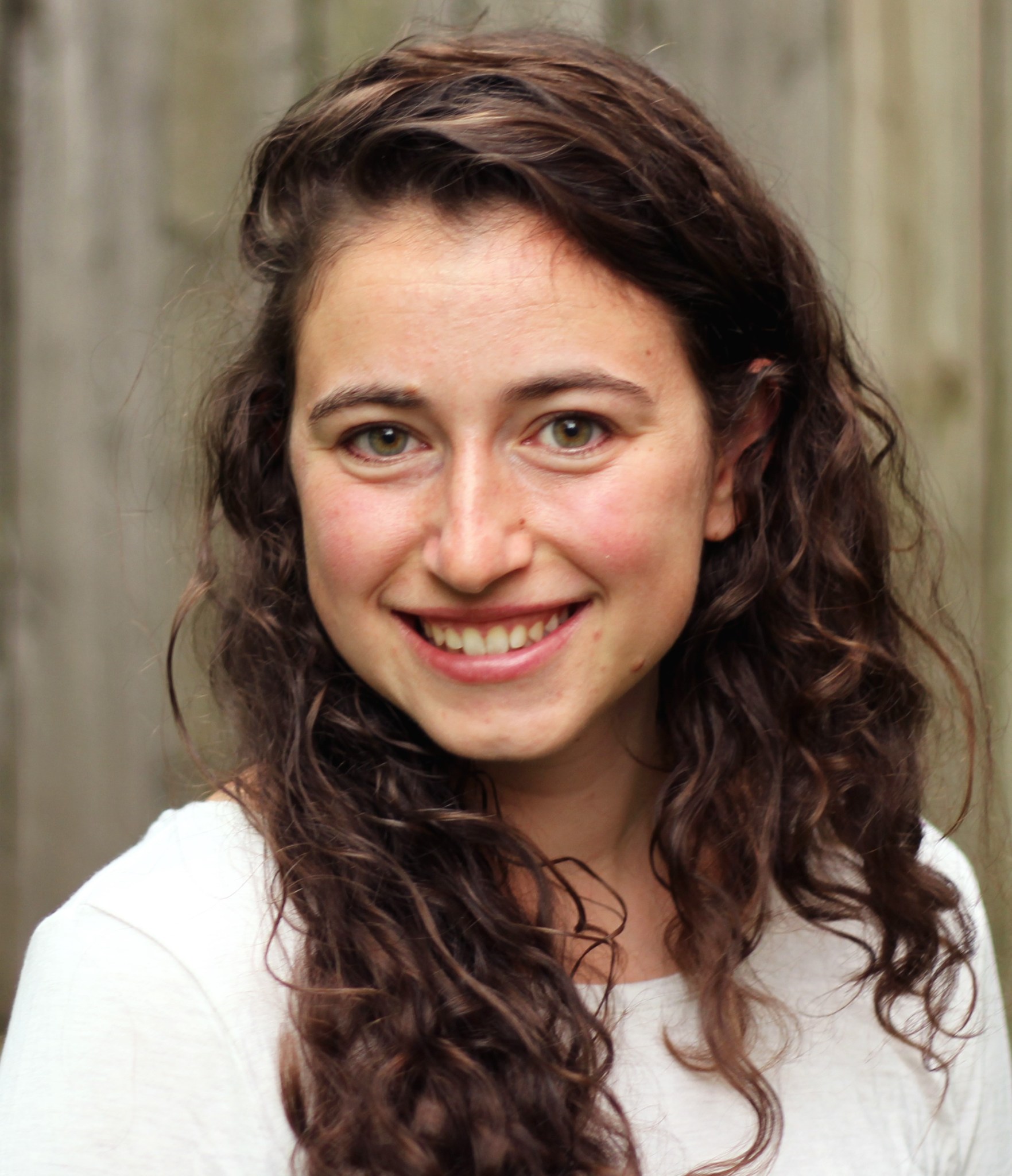Emily Kuhn
Yale University
To fully address questions of “Cosmic Origins,” we will need large statistical data sets encompassing all of cosmic time. Presently, we have a grasp on redshifts z ~ 1100 from extensive work on the CMB, and 0 < z <~0.5 from galaxy surveys. There is a large swath of time in between, however, which has been studied only sparsely by a handful of experiments that are limited by large uncertainties. Intensity mapping will begin to fill in this gap. NASA-proposed intensity mapping missions such as CDIM and SPHEREx will allow us to probe how the first stars turned on, initial populations of objects, and star formation through cosmic time. Other intensity mapping experiments such as HIRAX, the collaboration with which I am doing my PhD, are also targeting measurements of Dark Energy by studying the large scale galaxy distribution.
While intensity mapping experiments hold great promise for science, they all share a common hurdle: the measurements they make are contaminated by bright sources that emit in the band of interest, and removing this foreground requires precise characterization of the instrument. For my PhD, I will focus on two aspects of the HIRAX instrument characterization:
- optimizing the signal/noise of feeds by developing a test chamber in which to take noise temperature measurements, and
- designing a broadband drone beam calibration system in order to generate beam maps that will factor into all of the HIRAX cosmological analysis.
These space technologies can be easily and broadly applied to other RF and intensity mapping experiments as well.
The technology I will develop aligns with NASA goals as outlined in 8.1.1 Detectors and Focal Planes, 8.1.4 Microwave, Millimeter-, and Submillimeter-Waves, and TA 8.2.2 Structures and Antennas. Furthermore, HIRAX, through its quest to better understand Dark Energy, addresses many of the same questions detailed in NASA’s “Cosmic Origins” initiative.
Both projects will greatly benefit from the resources and expertise provided by the NSTRF visiting technologist experience, and the realization of the projects will advance space technology on multiple fronts. The technology I develop will be cheap, repeatable and widely relevant. The test box could be repurposed to characterize noise for a broad range of RF equipment, and will enable development of lighter weight antennas without sacrificing understanding of noise, something highly beneficial if attaching to a payload. Drone calibration technology will allow for more precise characterization of satellites and ground based dishes in communication with space missions, thereby pushing the boundaries of exploration.



























